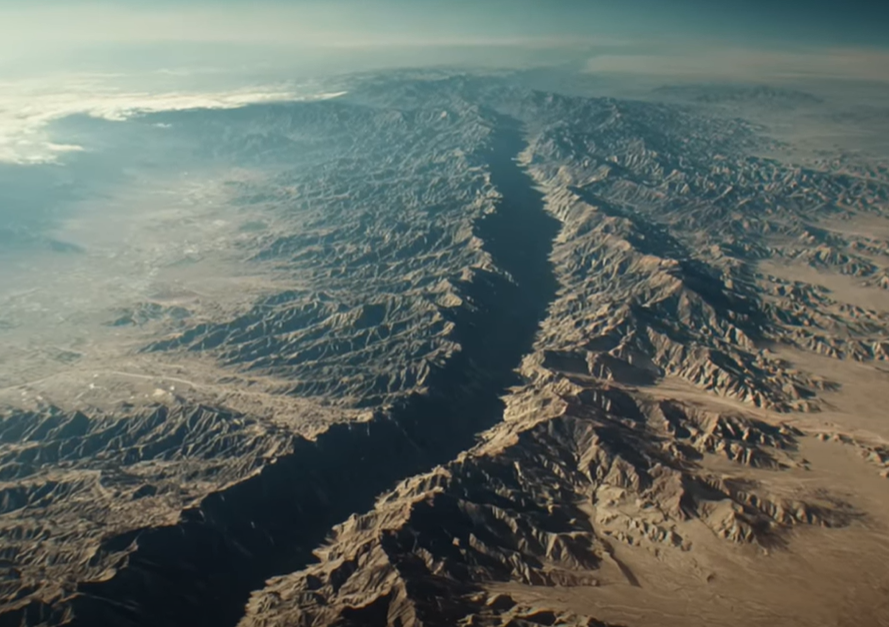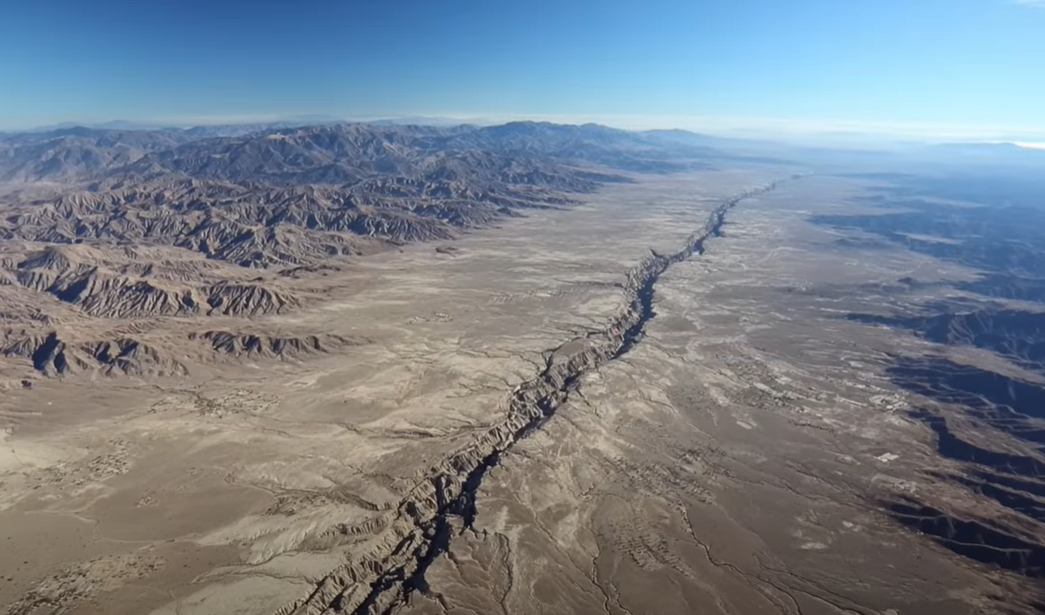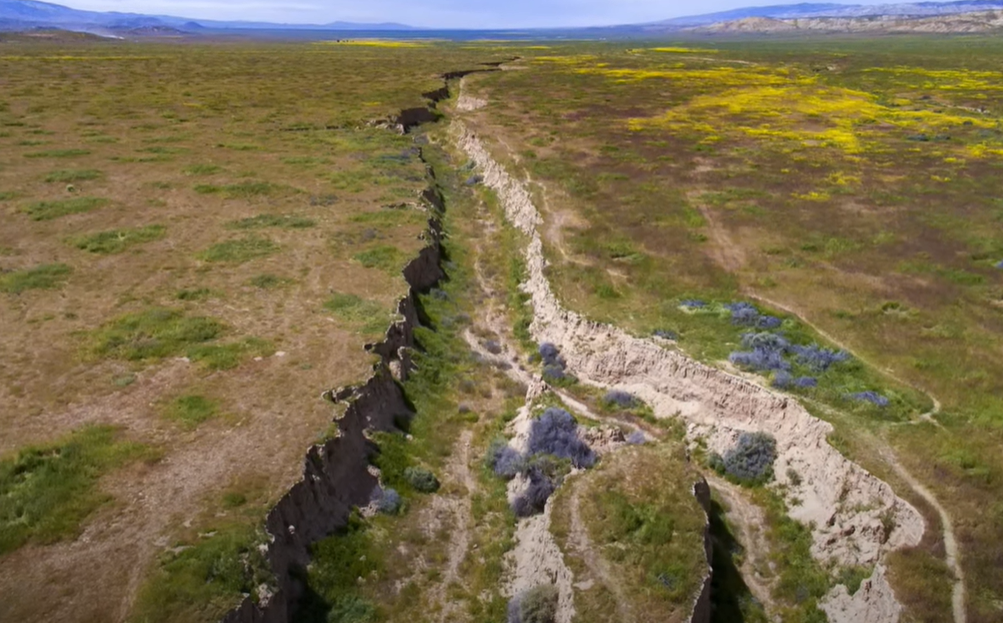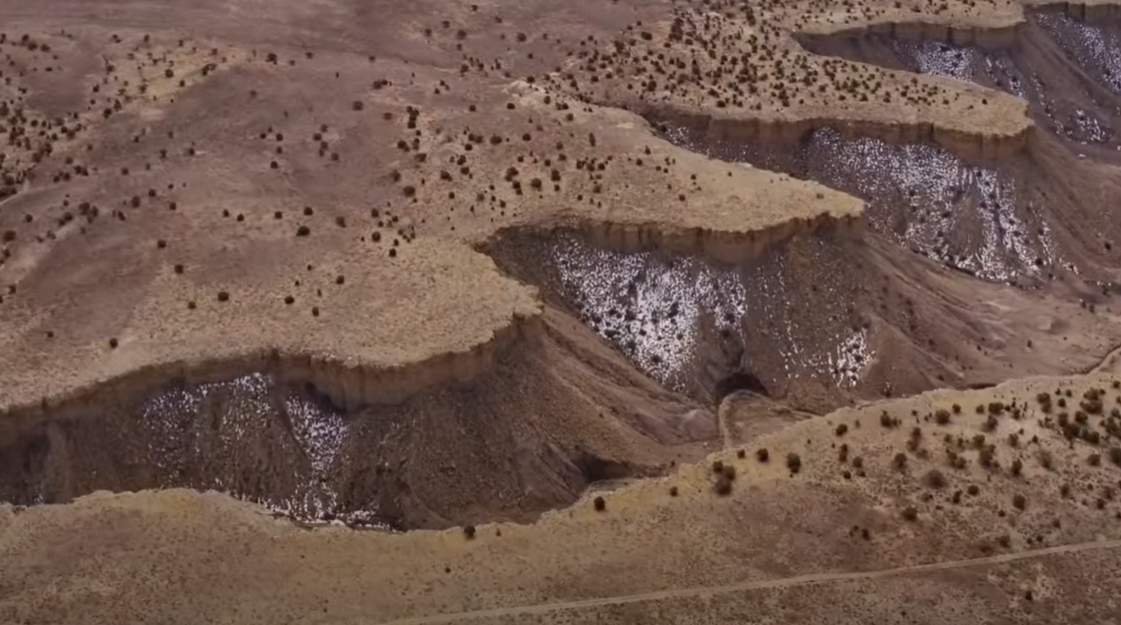**Headline: “San Andreas Fault: A Ticking Time Bomb Amid Alarming Military Rhetoric”**

In a chilling revelation that echoes through both geological and geopolitical spheres, alarming discussions have emerged regarding the potential weaponization of the notorious San Andreas Fault. During a recent broadcast on Russian state-run television, military analysts, including retired naval officer Constantine Civkov, speculated on the catastrophic consequences that could arise from targeting this seismic fault line with advanced weaponry, specifically Russia’s formidable RS28 Sarmat intercontinental ballistic missile.
The segment aired on the Russia 1 program, hosted by Vladimir Solovio, where commentators explored the destructive potential of nuclear weapons not just as instruments of warfare but as geological triggers. Civkov’s assertions suggested that the United States is particularly vulnerable to strategic strikes on its geologically sensitive areas, with the San Andreas Fault—an expansive tectonic boundary stretching approximately 1,200 kilometers through California—taking center stage in this alarming narrative.


Scientists have long warned of the fault’s volatility, with some segments remaining dormant for over a century. The prospect of a major earthquake, often referred to as “the big one,” looms ominously over densely populated cities like Los Angeles and San Francisco. Civkov’s commentary, which proposed that a direct strike or even a deep-sea nuclear detonation near the fault could activate dormant segments, raises the specter of unprecedented devastation.
Imagining the fallout from such an event is nothing short of harrowing. A high-magnitude earthquake triggered by a massive shock wave could lead to catastrophic infrastructure failure, widespread fires, and the overwhelming displacement of millions. The economic ramifications would be staggering, with estimates suggesting that damage from a major rupture could exceed $200 billion, impacting not just California but reverberating through global markets.


The San Andreas Fault, already one of the most closely monitored seismic zones in the world, presents a unique challenge. Unlike traditional military targets, geological faults cannot be fortified or defended against artificially induced earthquakes. The idea that geopolitical adversaries could exploit natural vulnerabilities transforms the landscape of modern warfare, creating a new kind of existential threat.
Adding to the tension is the presence of Russia’s Belgarod submarine, believed to be equipped with Poseidon underwater drones capable of creating shock waves in the ocean. While no evidence has surfaced to suggest such tactics have been tested, the mere discussion of them raises profound ethical and environmental concerns. The potential for geological chain reactions that could spiral out of control serves as a stark reminder of the unpredictable nature of both nature and human conflict.
As global leaders and scientists grapple with these unsettling discussions, the urgency for renewed diplomatic efforts and stronger non-proliferation agreements becomes ever more apparent. The San Andreas Fault, a natural wonder and a geological marvel, must not become a pawn in the dangerous game of international conflict.

In the face of these chilling speculations, it is imperative that we recognize the San Andreas Fault not merely as a geological boundary but as a fault line running through the heart of the American economy and society. The implications of a major rupture extend far beyond the immediate destruction—it threatens to reshape entire regions and disrupt the intricate fabric of everyday life.
As the world watches and waits, the specter of the big one looms larger than ever, reminding us that the forces of nature are both awe-inspiring and terrifyingly unpredictable. The time for action is now, as we confront the reality that the San Andreas Fault could become a focal point of not just seismic activity, but of geopolitical strife, with consequences that could resonate for generations to come.
